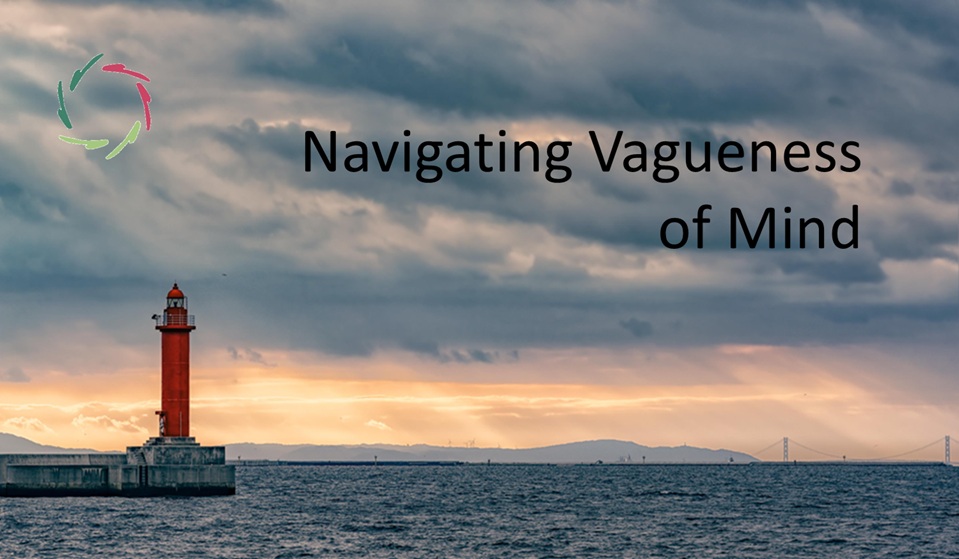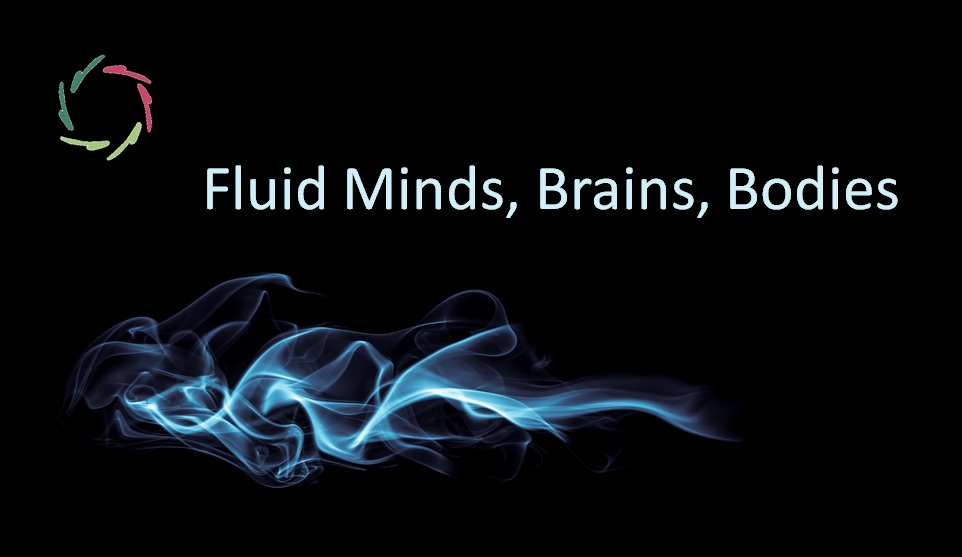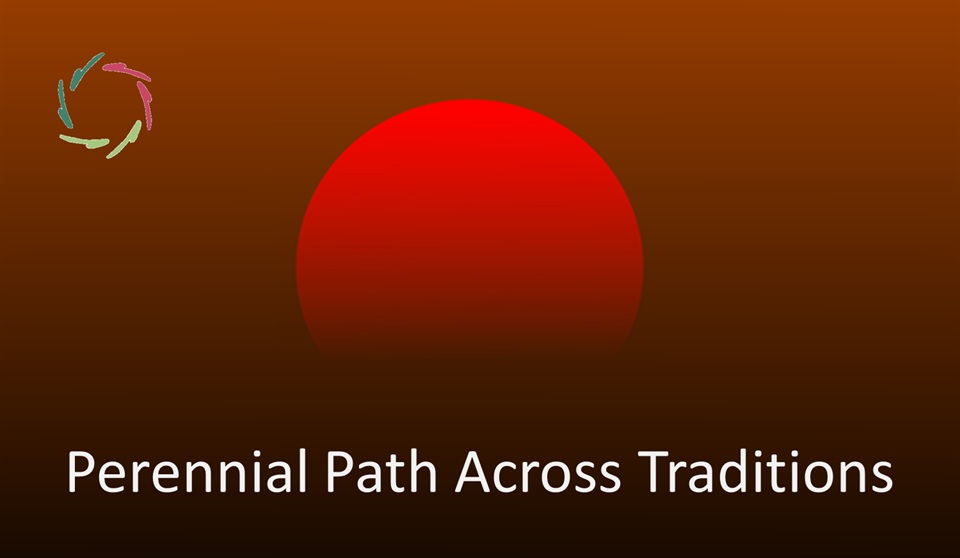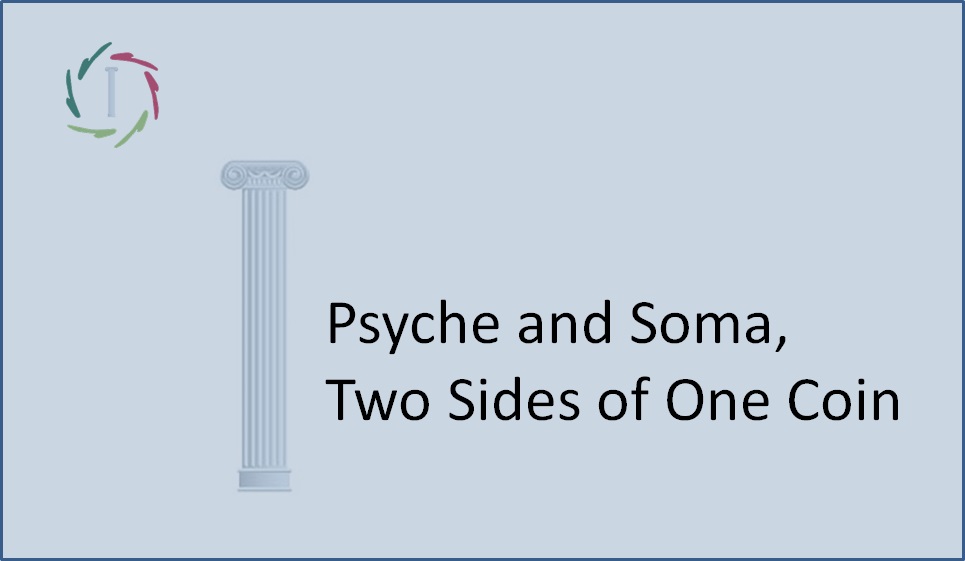Navigating Vagueness of Mind

Rather than trying to eliminate vagueness, we can learn to navigate it. To walk through it with awareness, like one walks through early morning mist — eyes adjusting, steps slower, senses more awake. This blog is a gentle guide to doing just that.
It’s intended for anyone who wishes to relate more consciously to the uncertainties and subtle nuances of inner life. It’s also particularly useful in coaching — helping both coach and coachee move with greater depth and freedom in that shared space of ‘not-yet-clear’
Please read first ‘Vagueness of Mind.’
Vagueness as a relational and inner space
Vagueness isn’t only what happens within the mind. It often lives between minds. In the moments before a conversation becomes specific, in the silences where something stirs but hasn’t yet found its voice.
Learning to stay with that shared ambiguity builds trust. It creates space for honesty that hasn’t fully developed. In this way, vagueness becomes a relational invitation — not a gap, but a bridge.
This is especially true in coaching. When both parties can sit in this space without rushing to interpret, something deeper can rise. It reflects the value of subconceptual depth, where the most transformative patterns take shape quietly.
The pause as a doorway
Our culture often treats the pause as an absence. But when vagueness is present, the pause is an opening. A moment when something is still forming — too delicate for definition, too real to ignore.
If we rush to speak, we may flatten what’s forming. But if we wait – without pressure, just with presence – something surprising might unfold. As seen in Parallel Distributed Processing, many inner patterns take time to align before clarity emerges.
The feel of something forming
There’s a subtle feeling just before an insight lands. A tension — not discomfort, but aliveness. Many people overlook this or try to resolve it quickly. But if we attend to it – like a gardener watching the soil after rain – we may notice meaning beginning to rise.
Navigating vagueness is not just about enduring the fog. It’s about developing a sensitivity to what stirs within it.
Language as a follower, not a leader
We often assume that if we can’t name something, we don’t understand it. But the truth is usually the opposite: we often understand long before we can speak it.
Language follows experience. It tries to catch up. When words fall short, that’s often a sign that something real is happening. Instead of pushing for precise expression, try inviting symbolic or metaphorical language. These carry rich emotional resonance that conceptual language often misses.
Twelve practical ways to navigate vagueness
Here are some ways to begin walking gently through the fog. The goal is to navigate vagueness consciously — not forcing premature clarity but allowing deeper understanding to emerge. By applying these practices, we move from resisting vagueness to working with it. Instead of forcing everything into strict definitions, we allow patterns to reveal their meaning over time, leading to deeper understanding, creativity, and emotional intelligence.
- Embracing dynamic awareness
Instead of trying to define things too quickly, pause and notice how your perception shifts over time.
Example: When experiencing an emotion like frustration, instead of labeling it as just ‘bad,’ observe how it changes, what patterns it connects to, and what it reveals about deeper needs.
- Strengthening memory by reframing it
Treat memory as a living, evolving process rather than a fixed record.
Example: When recalling a past experience, ask yourself, “What new insights can I gain from this memory today?” This helps integrate the past into present growth, rather than viewing it as static.
- Cultivating creativity by allowing pattern overlap
Expose yourself to diverse experiences and allow your mind to combine unrelated ideas in new and innovative ways.
Example: If you’re solving a problem, step away from rigid logical thinking. Let your subconscious connect patterns by engaging in relaxed activity — insights often arise when you least expect them.
- Using emotion as a guide, not a distraction
Instead of dismissing or overanalyzing emotions, observe the patterns they trigger.
Example: When feeling anxious, instead of suppressing it, ask: What deeper patterns are at play? Anxiety may signal an inner misalignment, guiding you toward necessary adjustments.
- Training attention like a conductor
See attention as an active process of shaping your mental patterns.
Example: If you struggle to focus, gently redirect your attention without force. Think of it like adjusting the volume on different instruments in an orchestra, bringing certain patterns forward while quieting others.
- Developing wisdom by recognizing hidden patterns
Instead of reacting to surface events, ask: What deeper patterns might be at play?
Example: If someone reacts strongly in a conversation, don’t just focus on their words. Try to sense what subconscious patterns might be influencing them. This can transform conflicts into deeper understanding.
- Letting insights emerge rather than forcing them
Recognize that insights often arrive when you’re not actively searching for them.
Example: If stuck on a decision, take a break, meditate, or sleep on it. Your subconscious is always at work — trust that meaningful connections will emerge naturally.
- Respecting vagueness in others
When someone seems unclear or inconsistent, resist the urge to push for definition.
Example: If a coachee changes their story or contradicts themselves, explore what’s shifting beneath the surface. Vagueness may indicate a living inner process, not confusion.
- Tuning into symbolic language
Treat vague expressions (metaphors, dreams, spontaneous images) as gateways to deeper patterns.
Example: If someone says, “It feels like I’m walking through fog,” don’t clarify it—enter the fog with them. Ask what it’s like in there. This can bypass defenses and reveal inner truth gently.
- Using vagueness as a safe space
Allow yourself or a coachee to ‘stay vague’ when needed, especially with sensitive topics.
Example: Instead of naming a painful memory outright, start with colors, sensations, or moods. Healing often begins in the not-yet-verbal.
- Navigating paradox without resolving it
Notice when vagueness points to both-and experiences, rather than either-or.
Example: Someone may love and resent a parent at once. Instead of pushing them to choose a side, hold space for the contradiction to live safely in awareness. This is wisdom in motion.
- Inviting the coachee’s metaphor
Ask, “If this situation were a landscape or an image, what would it be?”
Example: A coachee might describe a swirling fog, or a cracked cup, or a quiet field. These metaphors often encode deep emotional patterns, waiting to be gently explored.
For coaches and companions on the journey
These practices support any deep work, but they’re especially meaningful in coaching. They invite presence, not performance. They respect the timing of the deeper mind.
This approach is not about control. It’s about holding a space where insight can surface — unexpectedly, gently, authentically.
As a coach herself, Lisa applies these principles in how she listens, responds, and supports human growth — not by providing answers, but by trusting the unfolding process.
Staying gentle in the fog
Navigating vagueness is not about getting somewhere faster. It’s about learning how to walk more meaningfully. To listen inwardly. To trust what emerges when we don’t force.
When we relate to vagueness not as failure, but as fertile ground, we shift from anxious seekers to quiet explorers. And that is where true transformation begins.
We don’t need to define the fog. We need only learn how to be in it — with patience, with openness, and with the quiet joy of discovering what lives inside the not-yet-clear.


